No products in the cart.
Update to NABCEP Recertification Requirements
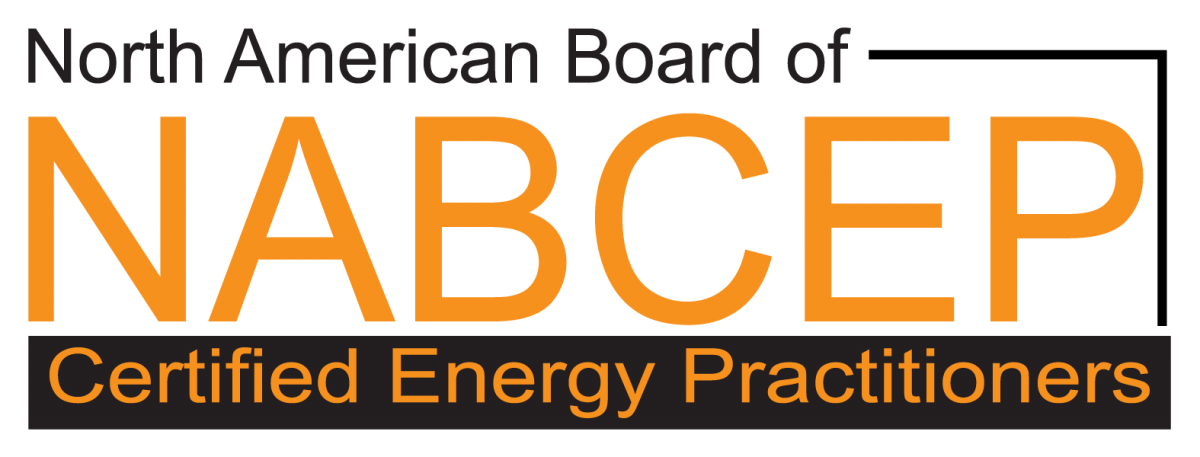
Under the current NABCEP Recertification policy, credential holders are required to obtain 18 hours of continuing education and to demonstrate work experience on 3-6 solar projects over the course of 3 years.
NABCEP will increase the number of continuing education hours required and modify its expectation for work experience.
NABCEP Continuing Education Change
Continuing education requirements will increase to 30 hours for all certifications except PV Associate and PV Technical Sales.
The breakdown by certification is as follows:
NABCEP PV Associate
- 12 contact hours or passing score on the current NABCEP PV Associate exam
NABCEP PV Installation Professional
- 6 hours specific to National Electric Code
- 12 hours specific to PVIP Job Task Analysis
- 12 hours specific to renewable energy – of which, 2 hours must be building or fire codes
NABCEP PV Design Specialist
- 6 hours specific to National Electric Code
- 12 hours specific to PVDS Job Task Analysis
- 12 hours specific to renewable energy – of which, 2 hours must be building or fire codes
NABCEP PV Installer Specialist
- 6 hours specific to National Electric Code
- 12 hours specific to PVIS Job Task Analysis
- 12 hours specific to renewable energy – of which, 2 hours must be building or fire codes
NABCEP PV Commissioning & Maintenance Specialist
- 6 hours specific to National Electric Code
- 12 hours specific to PVCMS Job Task Analysis
- 12 hours specific to renewable energy – of which, 2 hours must be building or fire codes
NABCEP PV Technical Sales
- 12 hours specific to PVTS Job Task Analysis
- 6 hours PV Technical or Non-Technical
The change from 18 to 30 educational hours will lead to solar professionals with even greater knowledge, which is important given that the new industry involvement activities require a candidate to have a leadership role. In other words, NABCEP is making a statement that its solar energy certifications are directly meant for leaders in the solar industry who manage projects, guide employees, and push the solar industry forward.
NABCEP Work Experience Requirements
Prior to this announcement, NABCEP required its certified professionals to show proof that they worked on 3-6 solar PV systems during their three-year certification period. This requirement hasn’t changed too much; in fact, NABCEP has added more color and variety to their expectations. The increased number of ways to demonstrate work experience will account for a larger range of individuals who want NABCEP Certification.
Here’s what we mean. A re-certification candidate must meet one of the following minimum industry involvement requirements:
- INSTALLER – Applicant had a decision-making role in the installation of at least three completed installs within the applicant’s three-year certification period
- TRAINER – Teacher/instructor who teaches at least 120 hours of an advanced PV course or a Registered NABCEP PV Associate course within the applicant’s three-year certification period
- TRAINER – Leadership role for at least one year in a business or organization that trains students, customers, or clientele to design, install, commission, maintain, inspect, or carry out other activities in the PV market within the applicant’s three-year certification period
- MANAGER – Leadership role for at least one year in a business that designs, installs, sells, commissions, maintains, inspects, or finances PV systems, or manufactures solar industry equipment within the applicant’s three-year certification period
- COMMITTEE OR BOARD MEMBER – Leadership role relating to PV within the renewable energy industry for at least 36 hours within the applicant’s three-year certification period
You can see how each of these activities is relevant to a different category of solar professional, but the common thread is that the applicant must maintain a leadership or decision-making role.
The expectation here is that individuals who earn a NABCEP Certification do so as a way of improving their career and climbing the ladder. You are adding a nationally-known, industry-respected credential to your skill set, and with that, you should be able to negotiate pay increases, promotions, and an overall increase in responsibility.
By adjusting the recertification requirements in this way, NABCEP is supporting the thought that a certified professional should and would have leadership experience at this point in his/her career. NABCEP Certification is not a step backward! If you’re looking to advance within your organization and take on more responsibility, earning a NABCEP credential is the route you should take. And NABCEP will keep you on that track with its new recertification policy.
NABCEP Recertification Policy Will Take Effect on January 1, 2019
Current and former NABCEP Board Certified Professionals will be able to choose to recertify under the current recertification requirements (18 hours of CEUs and experience requirements) OR the new recertification requirements (30 CEUs and industry involvement) for one year after January 1st, 2019.
Starting on January 1st, 2020, all current and former NABCEP Board Certified Professionals will need to meet the new recertification requirements in order to recertify.
Are you not yet NABCEP Certified? Start your journey with an Everblue solar training course. We can help you earn any of the following credentials:
For more information about NABCEP Certification, give us a call at (800) 460-2575.


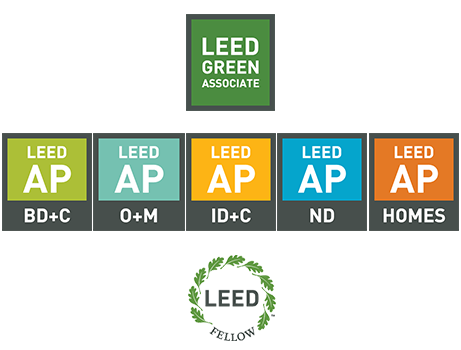
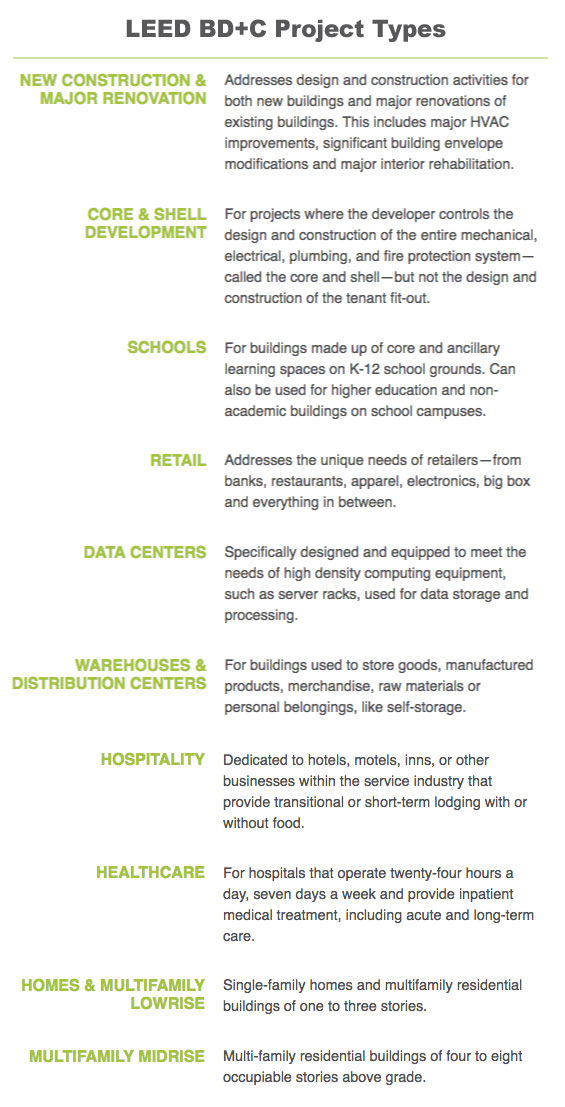


 For reference, the PV Installation Professional exam covers a wide range of solar installation topics that are mandated through the NABCEP Solar Installation Job Task Analysis. In other words, candidates are tested on their knowledge of the NABCEP standards. These standards often reference outside resources, such as the National Electric Code. It can seem pretty overwhelming to learn all of the NABCEP guidelines as well as the code requirements, so thankfully, NABCEP allows candidates to have their NEC codebook with them during the exam.
For reference, the PV Installation Professional exam covers a wide range of solar installation topics that are mandated through the NABCEP Solar Installation Job Task Analysis. In other words, candidates are tested on their knowledge of the NABCEP standards. These standards often reference outside resources, such as the National Electric Code. It can seem pretty overwhelming to learn all of the NABCEP guidelines as well as the code requirements, so thankfully, NABCEP allows candidates to have their NEC codebook with them during the exam.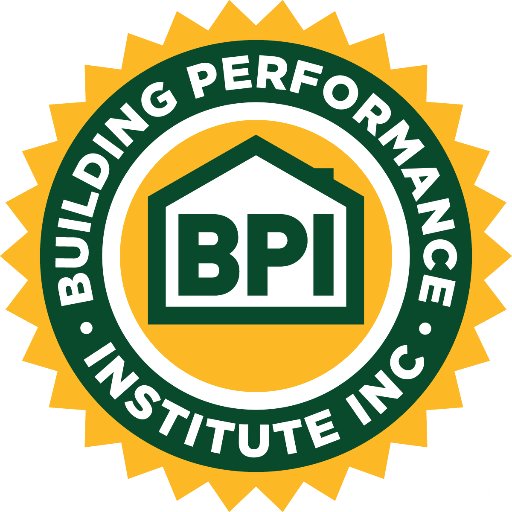 The Building Performance Institute (BPI) is the standard-body, or leading authority, organization for home performance certification. BPI offers several home energy auditor designations. Home energy professionals pursue BPI Certification to better their understanding of home energy efficiency and the “house-as-a-system” but also use their professional designation to stand out from competitors and establish trust with customers.
The Building Performance Institute (BPI) is the standard-body, or leading authority, organization for home performance certification. BPI offers several home energy auditor designations. Home energy professionals pursue BPI Certification to better their understanding of home energy efficiency and the “house-as-a-system” but also use their professional designation to stand out from competitors and establish trust with customers.
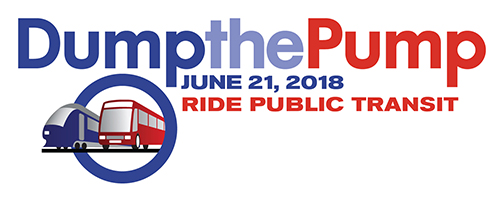


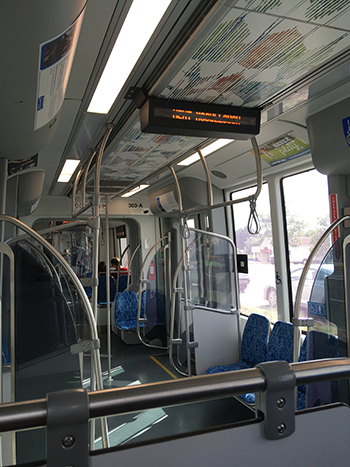

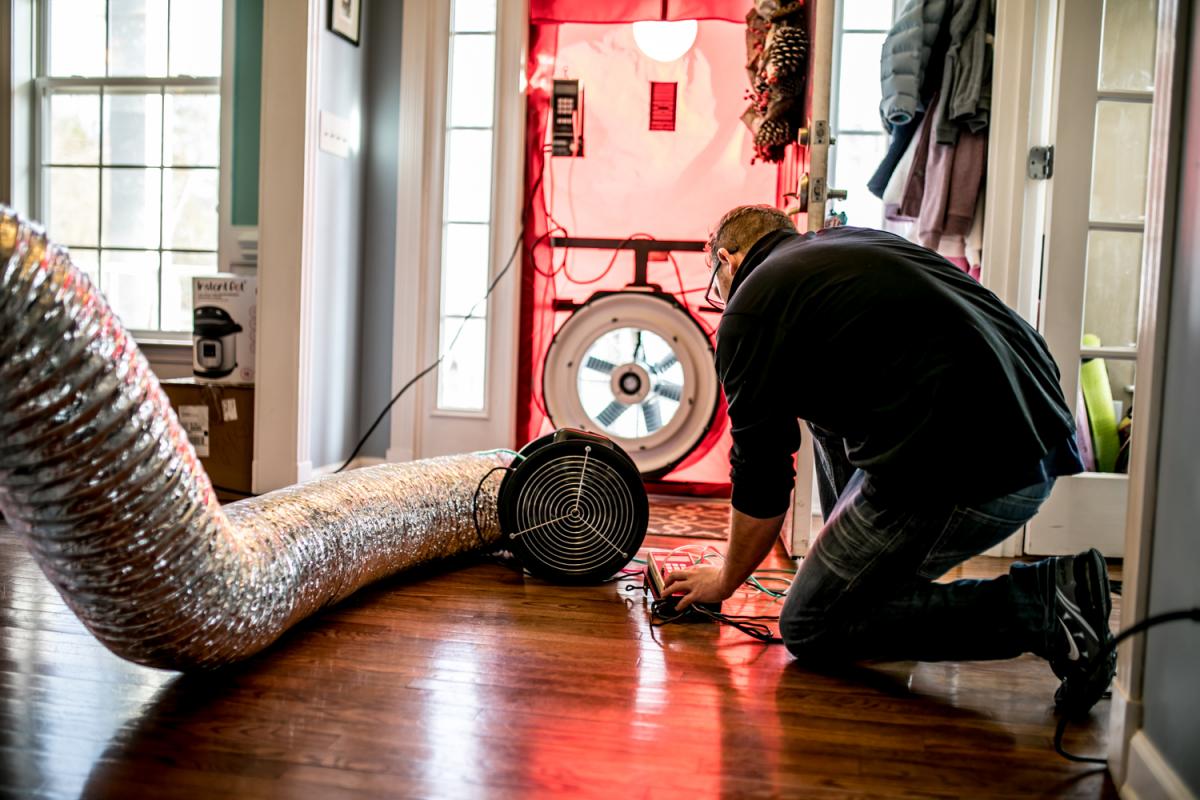
 To do this, homebuilders will hire a HERS Rater to perform home energy modeling and home energy auditing services. In addition to providing energy efficiency recommendations, a HERS Rater will also produce an energy efficiency score. The score represents the energy efficiency of the home. HERS Index Scores range from 0-150, where 0 is considered a net-zero energy home (produces as much energy as it consumes). The average house built to code lands at a score of about 100. HERS Raters use building science to encourage energy-efficient products and building strategies, with the goal of lowering the HERS Score.
To do this, homebuilders will hire a HERS Rater to perform home energy modeling and home energy auditing services. In addition to providing energy efficiency recommendations, a HERS Rater will also produce an energy efficiency score. The score represents the energy efficiency of the home. HERS Index Scores range from 0-150, where 0 is considered a net-zero energy home (produces as much energy as it consumes). The average house built to code lands at a score of about 100. HERS Raters use building science to encourage energy-efficient products and building strategies, with the goal of lowering the HERS Score.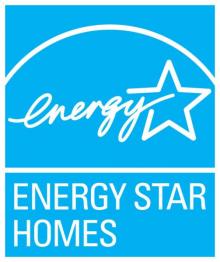 Since HERS Raters are qualified to assess energy performance in new construction homes with the goal of meeting or surpassing energy code requirements, they are the perfect choice to also service ENERGY STAR Homes! They are already familiar with leading energy-efficient building practices and energy code requirements. The leap from RESNET HERS to ENERGY STAR is fairly mild in that the technical knowledge builds on the foundation that a HERS Rater already possesses. Essentially, a HERS Rater must become familiar with the ENERGY STAR guidebooks and standards for home features and systems. HERS Raters are required to participate in a unique ENERGY STAR training and certification process (which they can count toward their RESNET continuing education).
Since HERS Raters are qualified to assess energy performance in new construction homes with the goal of meeting or surpassing energy code requirements, they are the perfect choice to also service ENERGY STAR Homes! They are already familiar with leading energy-efficient building practices and energy code requirements. The leap from RESNET HERS to ENERGY STAR is fairly mild in that the technical knowledge builds on the foundation that a HERS Rater already possesses. Essentially, a HERS Rater must become familiar with the ENERGY STAR guidebooks and standards for home features and systems. HERS Raters are required to participate in a unique ENERGY STAR training and certification process (which they can count toward their RESNET continuing education). You see, states and municipalities can choose to adopt the latest and greatest IECC code every 3 years – or not. Residential contractors use the building code as their guidebook, performing work in accordance with the code every day.
You see, states and municipalities can choose to adopt the latest and greatest IECC code every 3 years – or not. Residential contractors use the building code as their guidebook, performing work in accordance with the code every day.